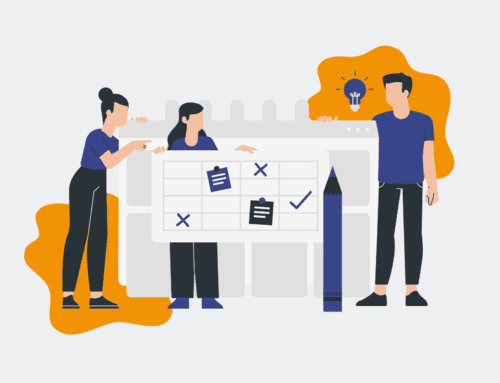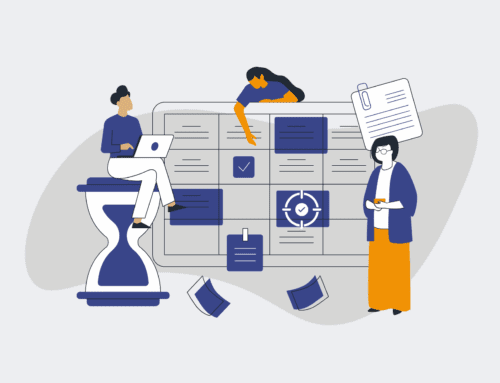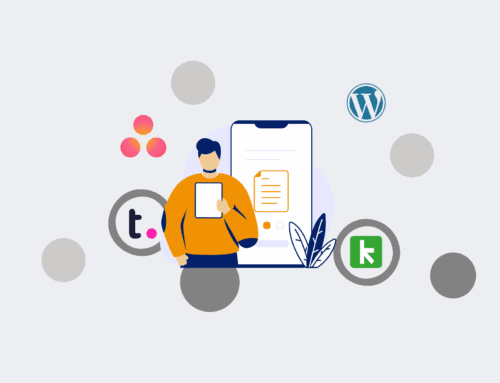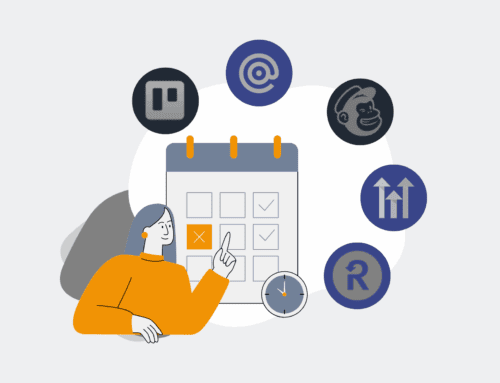AI-Powered HR Analytics: Unlocking Deeper Workforce Insights
The landscape of human resources is undergoing a profound transformation, shifting from reactive administrative tasks to proactive, strategic foresight. At the heart of this evolution lies AI-powered HR analytics, a capability that transcends traditional reporting to deliver truly actionable insights into your most valuable asset: your people. For business leaders and HR executives grappling with workforce optimization, talent retention, and strategic growth, understanding and implementing AI in HR analytics is no longer an option, but a strategic imperative.
Beyond Basic Metrics: The Depth of AI-Driven Insights
For years, HR departments have relied on dashboards filled with key performance indicators like time-to-hire, turnover rates, and employee satisfaction scores. While valuable, these metrics often tell only part of the story. They highlight *what* happened, but rarely *why* or *what will happen next*. AI-powered HR analytics changes this paradigm entirely.
Instead of merely observing trends, AI algorithms can process vast, disparate datasets – from performance reviews and compensation data to sentiment analysis from internal communications and external market benchmarks – to uncover hidden correlations and predictive patterns. This means moving beyond knowing your turnover rate to understanding the specific factors most likely to cause an employee to leave, allowing you to intervene proactively.
Predictive Resourcing and Workforce Planning
One of the most significant advantages of AI in HR analytics is its ability to forecast future workforce needs with remarkable accuracy. Imagine being able to predict talent gaps months in advance, based on project pipelines, market growth, and employee retirement trends. This allows for strategic upskilling initiatives, targeted recruitment campaigns, and optimized internal mobility, ensuring your organization always has the right people in the right roles at the right time. This foresight eliminates costly emergency hires and reduces the strain on existing teams, a common bottleneck for high-growth companies.
Optimized Talent Acquisition and Retention
The journey from candidate sourcing to long-term employee engagement is riddled with complexities. AI-powered analytics refines every step. It can identify the most effective sourcing channels, predict candidate success based on historical data, and even flag potential “flight risks” among current employees. By understanding the attributes of your most successful hires and the early warning signs of disengagement, you can tailor your recruitment strategies and retention programs to maximize impact. This isn’t just about reducing costs; it’s about building a more resilient, high-performing workforce that contributes directly to your bottom line.
The Strategic Imperative: Bridging Data and Decision-Making
For too long, HR has struggled to solidify its seat at the strategic table, often perceived as a cost center rather than a value driver. AI-powered HR analytics provides the language of business – data-driven insights – to empower HR leaders to speak directly to business outcomes. When HR can demonstrate the ROI of talent initiatives, predict staffing needs with precision, and quantify the impact of employee engagement on productivity and revenue, it fundamentally shifts its role within the organization.
Implementing such advanced analytical capabilities can seem daunting, especially for businesses already stretched thin by operational demands. The key is a strategic approach to integration and automation. We’ve seen firsthand how automating data collection and analysis workflows using platforms like Make.com, combined with targeted AI, can transform HR operations. It frees HR professionals from the manual drudgery of data compilation, allowing them to focus on interpreting insights and driving strategic change. This is about eliminating low-value work from high-value employees, enabling them to impact the business more profoundly.
Ethical Considerations and Responsible AI
As with any powerful technology, the deployment of AI in HR analytics comes with ethical responsibilities. Ensuring data privacy, mitigating bias in algorithms, and maintaining transparency are paramount. A truly authoritative approach to AI in HR analytics prioritizes fairness and equity, using AI to augment human judgment, not replace it. The goal is to create a more efficient and equitable workplace, not to automate discrimination. Organizations must establish clear guidelines and continuously audit their AI systems to ensure they align with ethical principles and legal compliance.
The Future is Analytical, Automated, and Human-Centric
The organizations that will thrive in the coming decade are those that leverage technology to understand their workforce more deeply and act more strategically. AI-powered HR analytics is not just a trend; it’s the bedrock of a modern, efficient, and insight-driven HR function. It enables companies to proactively manage talent, predict future needs, and demonstrate the tangible impact of their people strategies on overall business success. By embracing these capabilities, business leaders can unlock deeper workforce insights, drive operational efficiency, and secure a significant competitive advantage.
If you would like to read more, we recommend this article: Mastering AI in HR: Your 7-Step Guide to Strategic Transformation









